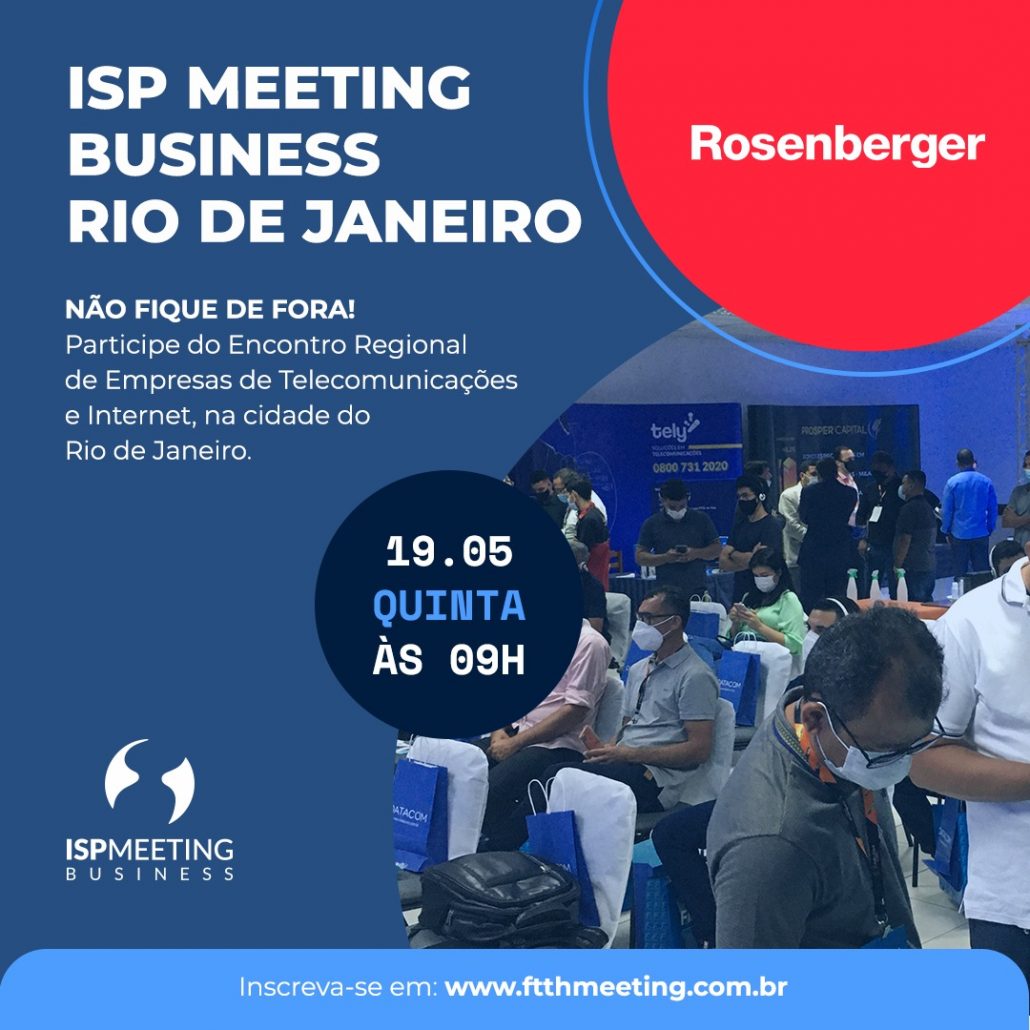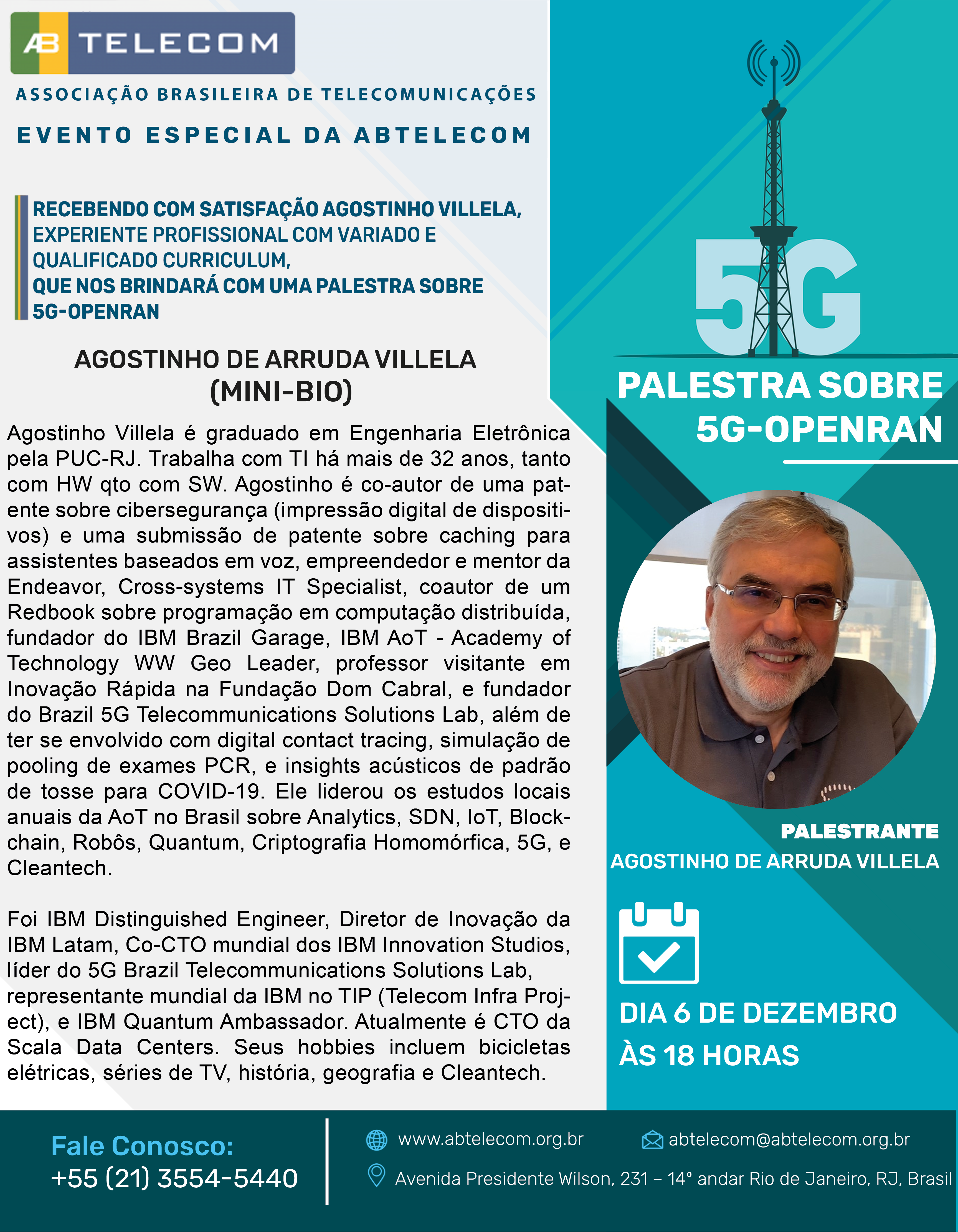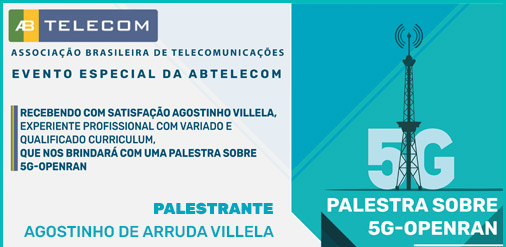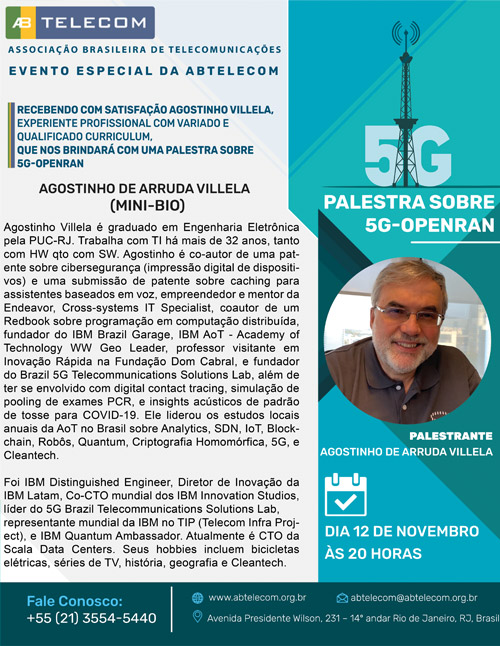https://abtelecom.org.br/site/wp-content/uploads/2017/03/logo-ABTELECOM-1-300x66.png
0
0
abtelecom
https://abtelecom.org.br/site/wp-content/uploads/2017/03/logo-ABTELECOM-1-300x66.png
abtelecom2023-03-15 16:27:352023-03-15 16:28:31Anatel debate transformação digital com foco no consumidor
https://abtelecom.org.br/site/wp-content/uploads/2017/03/logo-ABTELECOM-1-300x66.png
0
0
abtelecom
https://abtelecom.org.br/site/wp-content/uploads/2017/03/logo-ABTELECOM-1-300x66.png
abtelecom2022-10-06 15:41:122022-10-06 15:43:05FUTURECOM 2022
https://abtelecom.org.br/site/wp-content/uploads/2017/03/logo-ABTELECOM-1-300x66.png
0
0
abtelecom
https://abtelecom.org.br/site/wp-content/uploads/2017/03/logo-ABTELECOM-1-300x66.png
abtelecom2022-09-28 09:36:392022-09-28 09:37:28O Futuro e o Presente do trabalho em TI
https://abtelecom.org.br/site/wp-content/uploads/2017/03/logo-ABTELECOM-1-300x66.png
0
0
abtelecom
https://abtelecom.org.br/site/wp-content/uploads/2017/03/logo-ABTELECOM-1-300x66.png
abtelecom2022-04-19 19:13:072022-04-19 19:29:30ISP Meeting - Encontro de Provedores em Rio de Janeiro
https://abtelecom.org.br/site/wp-content/uploads/2017/03/logo-ABTELECOM-1-300x66.png
0
0
abtelecom
https://abtelecom.org.br/site/wp-content/uploads/2017/03/logo-ABTELECOM-1-300x66.png
abtelecom2021-12-29 18:35:202021-12-29 18:35:29IEEE 2022 Infrastructure, Innovation and Technology Impact Theme
https://abtelecom.org.br/site/wp-content/uploads/2017/03/logo-ABTELECOM-1-300x66.png
0
0
abtelecom
https://abtelecom.org.br/site/wp-content/uploads/2017/03/logo-ABTELECOM-1-300x66.png
abtelecom2021-12-16 16:45:342021-12-16 16:45:34Feliz Natal e um Próspero Ano Novo
https://abtelecom.org.br/site/wp-content/uploads/2021/11/5g-openran-abt.jpg
915
1242
abtelecom
https://abtelecom.org.br/site/wp-content/uploads/2017/03/logo-ABTELECOM-1-300x66.png
abtelecom2021-11-29 11:36:122021-11-29 11:37:45Palestra sobre 5G-OPENRAN
https://abtelecom.org.br/site/wp-content/uploads/2017/03/logo-ABTELECOM-1-300x66.png
0
0
abtelecom
https://abtelecom.org.br/site/wp-content/uploads/2017/03/logo-ABTELECOM-1-300x66.png
abtelecom2021-11-19 18:03:292021-11-19 18:04:38“Campus Day” em Campina Grande
https://abtelecom.org.br/site/wp-content/uploads/2021/11/evento.jpg
247
506
abtelecom
https://abtelecom.org.br/site/wp-content/uploads/2017/03/logo-ABTELECOM-1-300x66.png
abtelecom2021-11-08 14:28:332021-11-08 14:28:33Palestra sobre 5G-OPENRAN com Agostinho de Arruda Villela
https://abtelecom.org.br/site/wp-content/uploads/2017/03/logo-ABTELECOM-1-300x66.png
0
0
abtelecom
https://abtelecom.org.br/site/wp-content/uploads/2017/03/logo-ABTELECOM-1-300x66.png
abtelecom2021-11-03 15:36:562021-11-03 15:58:21VEM AÍ... O METAVERSO 1.0 FUTURECOM











